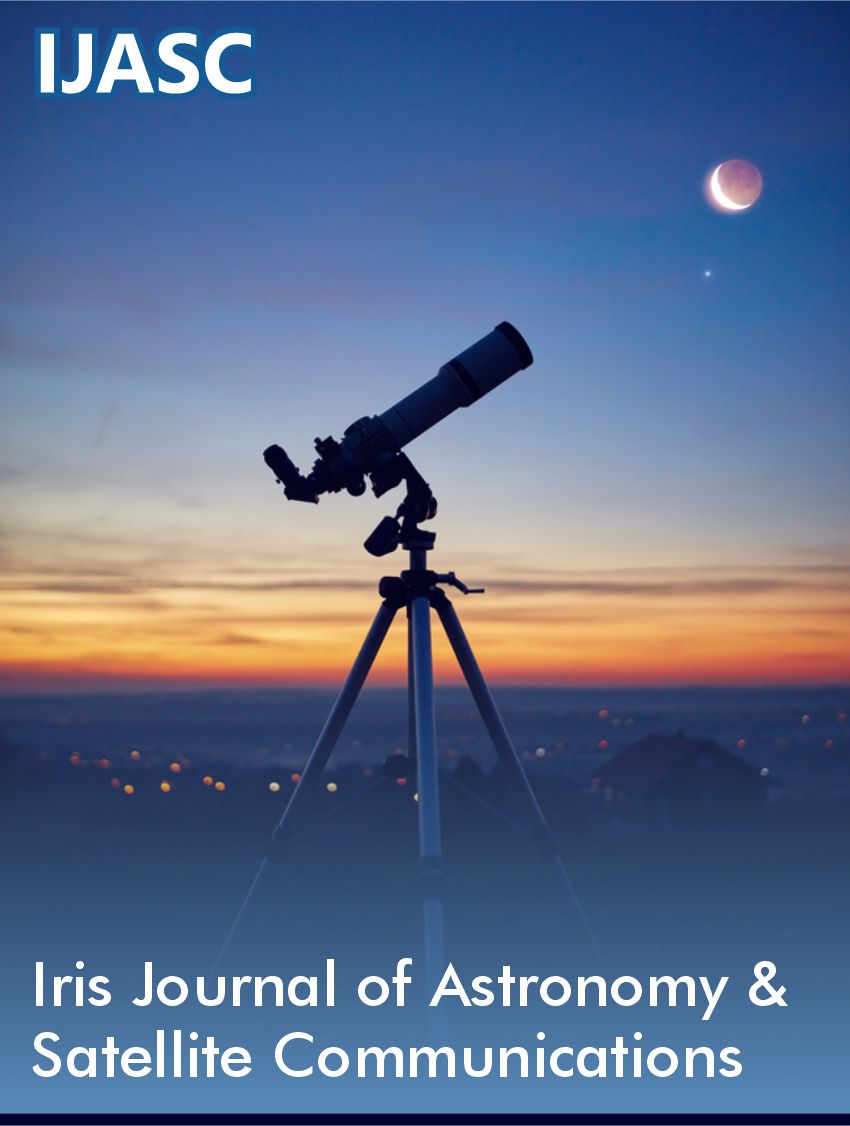 Research Article
Research Article
Case Study of An Interstellar Flight: Unmanned Interstellar Mission to the Star System Lalande 21185
Ugur Guven*
UN Affiliated Center for Space Science and Space Technology Education in Asia Pacific, Head of Aerospace Department of GD Goenka University, India
Ugur Guven, UN Affiliated Center for Space Science and Space Technology Education in Asia Pacific, Head of Aerospace Department of GD Goenka University, India.
Received Date: June 09, 2023; Published Date: June 21, 2023
Abstract
Since the beginning of the dawn of civilization, mankind has looked upon the heavens with wonder and he has tried to understand the meaning of the twinkling lights in the dark night sky. Hence, as a result, one of the primary driving forces of mankind has been the “Le Reve D’etoiles” or the “Dream of Stars”, which has been the dynamo of our civilization to advance and to know more about our world and the heavens. In fact, the needs of civilization constantly drive for better knowledge and the capability of reaching those stars is one such way that knowledge and exultation can be achieved. Even with early science fiction in the 20th century, mankind has dreamed of going to other worlds and with the help of giants such as Goddard, Von Braun, and Korolev, mankind has gone outside of Earth. Today, suborbital flights have almost become commonplace in the 21st century, as many space tourists have gone into space. Orbital Reef plans to construct the first commercial space station and space hotel by 2027.
Various Space Agencies such as NASA, Roscomos, ISRO, and the Chinese Space Agency all plan to have a presence on the moon by 2030. One of our oldest probes, the Voyager II, has already left our solar system and it is in interstellar space. Hence, with the acceleration of developments in space technology, it has become more possible than ever to start planning for the first unmanned interstellar flight using an interstellar capable probe by using existing 21st-century technology. This paper takes a futuristic case study of an interstellar mission to Lalande 21185, which is approximately 8.3 light years away from us. Several studies have been conducted on various missions to Alpha Centauri and other nearby stars such as Barnard’s star and Wolf 359. However, taking a more distant star such as Lalande 21185 will help expand mankind’s drive for interstellar exploration by using more advanced forms of space travel. This paper will take a futuristic case study of an interstellar flight to Lalande 21185, and important properties of the Lalande 21185-star system will be examined in detail. While such a budget to put together a mission of such magnitude may not be present in space agencies today, it is essential to do these exercises so that mankind’s understanding of the universe will be increased.
Keywords:Lalande 21185; Lalande 21185b; Red Dwarf; Interstellar Travel; Specific Impulse; Nuclear Propulsion; Gaseous Core Nuclear Propulsion; Interstellar Flight; Nuclear Spacecraft
-
Ugur Guven*. Case Study of An Interstellar Flight: Unmanned Interstellar Mission to the Star System Lalande 21185. Iris Jour of Astro & Sat Communicat. 1(1): 2023. IJASC.MS.ID.000504.
-

This work is licensed under a Creative Commons Attribution-NonCommercial 4.0 International License.






